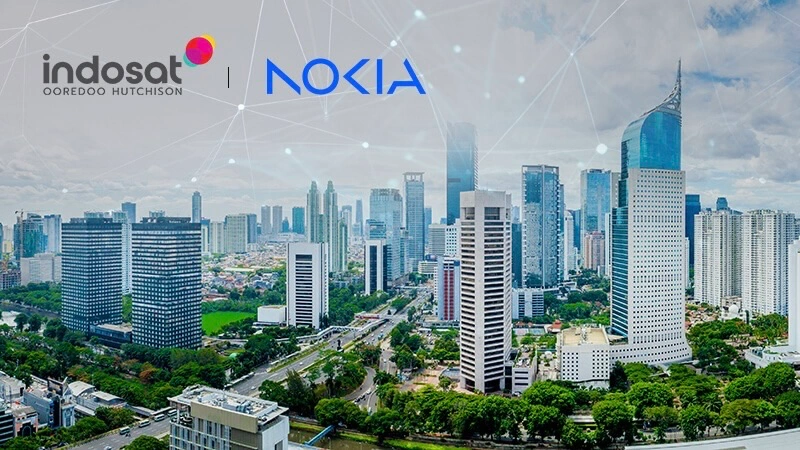- Indosat deploys Nokia Energy Efficiency AI service to power down idle RAN equipment during low-demand, reducing energy use and carbon emissions.
- The SaaS‑based solution avoids large capital outlay and scales across Sumatra, Kalimantan, Central and East Java network areas.
What happened: AI‑driven energy cut
Indosat Ooredoo Hutchison, Indonesia’s top telco, deployed Nokia’s Energy Efficiency service from Nokia’s Autonomous Networks today to automatically shut down or idle unused radio equipment during low traffic periods across its RAN infrastructure.
The AI tool uses machine learning to track real‑time network demand and manage power usage, and also integrates intelligent thermal management to reduce energy used for cooling.
This solution is delivered via a Software‑as‑a‑Service model, which stops operators needing large upfront capital or on‑site software updates. Following a successful pilot test, the full rollout now covers Nokia‑served sites across Sumatra, Kalimantan, Central and East Java.
Also Read: TAWAL’s shared Open RAN model cuts costs by up to 60%
Also Read: Vi partners with Nokia for 4G and 5G network expansion
Why it’s important
Indosat’s move reflects growing global pressure on telecom companies to balance connectivity and climate targets. As mobile data traffic rises sharply, optimizing energy usage helps control operational costs and mitigate emissions. The AI‑based approach ensures that these benefits don’t come at the expense of network performance or user experience.
From a market perspective, efficient energy systems backed by SaaS models help operators avoid heavy upfront CAPEX, making green upgrades financially viable—especially in emerging markets such as Indonesia. For Nokia, this deployment strengthens its position in Southeast Asia and showcases its autonomous network offerings in real commercial settings.
Socially, this initiative marks a step toward responsible tech: Indonesian regulators and consumers increasingly value sustainable business practice. Indosat’s use of AI to cut energy and carbon aligns with national sustainability goals and ISO 50001 benchmarks they achieved earlier—a first in Southeast Asia. This may pressure competitors to follow suit, accelerating green tech adoption across the region.

